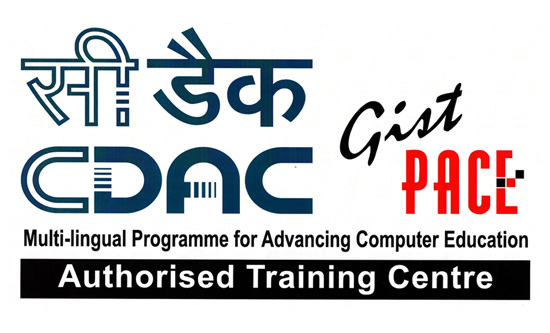CISCO CCNA TRAINING
The CCNA course includes concepts and configuration of Local Area Networks (LANS), Switching, Wide Area Networking (WAN), and Router Technologies. After the completion of the CCNA module the candidate will be able to : Understand Router Administraton, Upgrading Router Hardware, Software, Backup and Restore Configuration. They will be able to describe the features and operations of VLANs, VTP, IEEE 802. IQ, ISL and Spanning Tree (802. Id), configure Static and Dynamic Routing including RIP, IGRP, EIGRP, and OSPF, use cisco IOS commands to configure Standarad and Extended Access Lists. Cisco's CCNA certification proves that you have a firm foundation in the most important components of the Cisco product line - namely, routers and switches, it also proves that you have a broad knowledge of protocols and networking technologies.
GN Infotech provides the best CCNA Training in Khanna with below mentioned course curriculum. GN Infotech labs are equipped with latest software so that students can get 100% practical training.
At the completion of training the participant will exhibit the following :
- - Understand Client-Server Model & Network Topologies
- - Create subnets
- - Configure Routers
- - Implement static & dynamic routing
- - Configure Layer-3 switches
- - Configure ports and security
- - Configuring VLAN
- - Configure trunks & access ports
- - Configure wifi security
WHY CCNA TRAINING AT GN INFOTECH ?
- - Industry Compliant Syllabus
- - Multi-Platform Demonstration
- - Product Based Training
- - Real-Time Case Studies
- - Use of Latest Tools & Technology
- - LCD equipped class room
- - Unlimited Lab facility
- - Faculty drawn from Industries
- - Daily Handouts & Lab Exercise
- - Workshops on New Technologies
TARGET AUDIENCE :
- - Network Engineer
- - System Administrator
OSI Reference Model
TCP/IP Model and their Associated Protocol
(FTP, ICMP, TFTP, ARP & RARP)
Circuit Switching and Packet Switching
HDLC and PointtoPoint Protocol
Integrated Service digital Networking
Frame Relay
PVC, SVC
Subnetting & Supernetting
VLSM Design
Configuring Routing in our network
Static, Default Routing & Dynamic routing (RIP, IGRP, EIGRP, OSPF)
The Router boot sequence & configuration register
Backup & Restore CISCO IOS
Cisco Router Password Recovery
Standard Access List
Extended Access List
Monitoring Access List
Static NAT
Dynamic NAT
Overloading (PAT)
Switching
Bridge v/s Lan switching
VLAN, Intervlan routing
Trunking on Cisco switch, VLAN Trunking Protocol
DTP, VTP, STP, RSTP, PVSTP
IPV6 over IPV4 (Including Protocol, dual stack & Tunneling)
Describe standards associated with wireless media
Identify and describe the purpose of the components in a small wireless network (including: SSID, BSS, ESS)
Identify the basic parameters to configure on a wireless network to ensure that devices connect access point
Compare and contrast wireless security features and capabilities of WPA security (including: OPEN, WEP, WPA-1/2)
Identify common issues with implementing wireless networks. (Including: Interface, Miss configuration)


